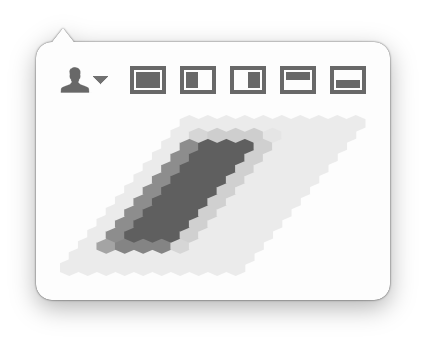A small number of Mac App Store customers are running into a problem with Moom in Mojave: The green button’s pop-up menu isn’t appearing. The rest of Moom works fine, but not the pop-up.
We’ve been investigating this since the earliest Mojave betas, and it doesn’t seem to be a bug in Moom. Instead, it seems to be related to Mojave’s Accessibility permissions database—for whatever reason, it doesn’t think Moom is allowed to control other applications.
The good news is that the problem is fixable. The easiest suggested fix is to just reboot your Mac, and hopefully that solves it. But if it doesn’t, you’ll need to follow the “The Somewhat Harder Fix” steps in this new FAQ entry.
That longer solution has worked for 100% or so of the dozen people I’ve provided it to, so it should also work for you. If it doesn’t, please open a trouble ticket and we’ll figure it out.
 Many Tricks
Many Tricks


